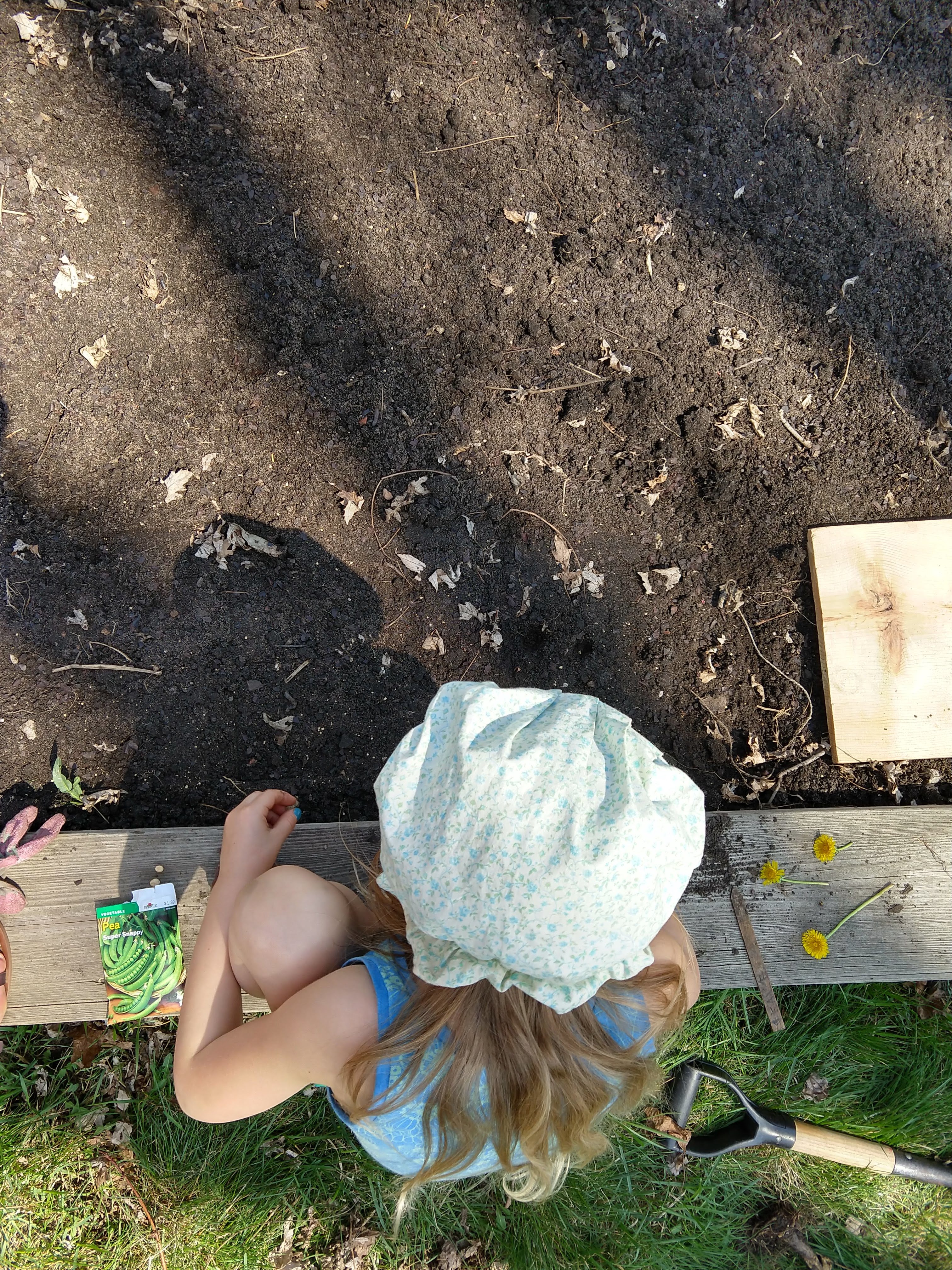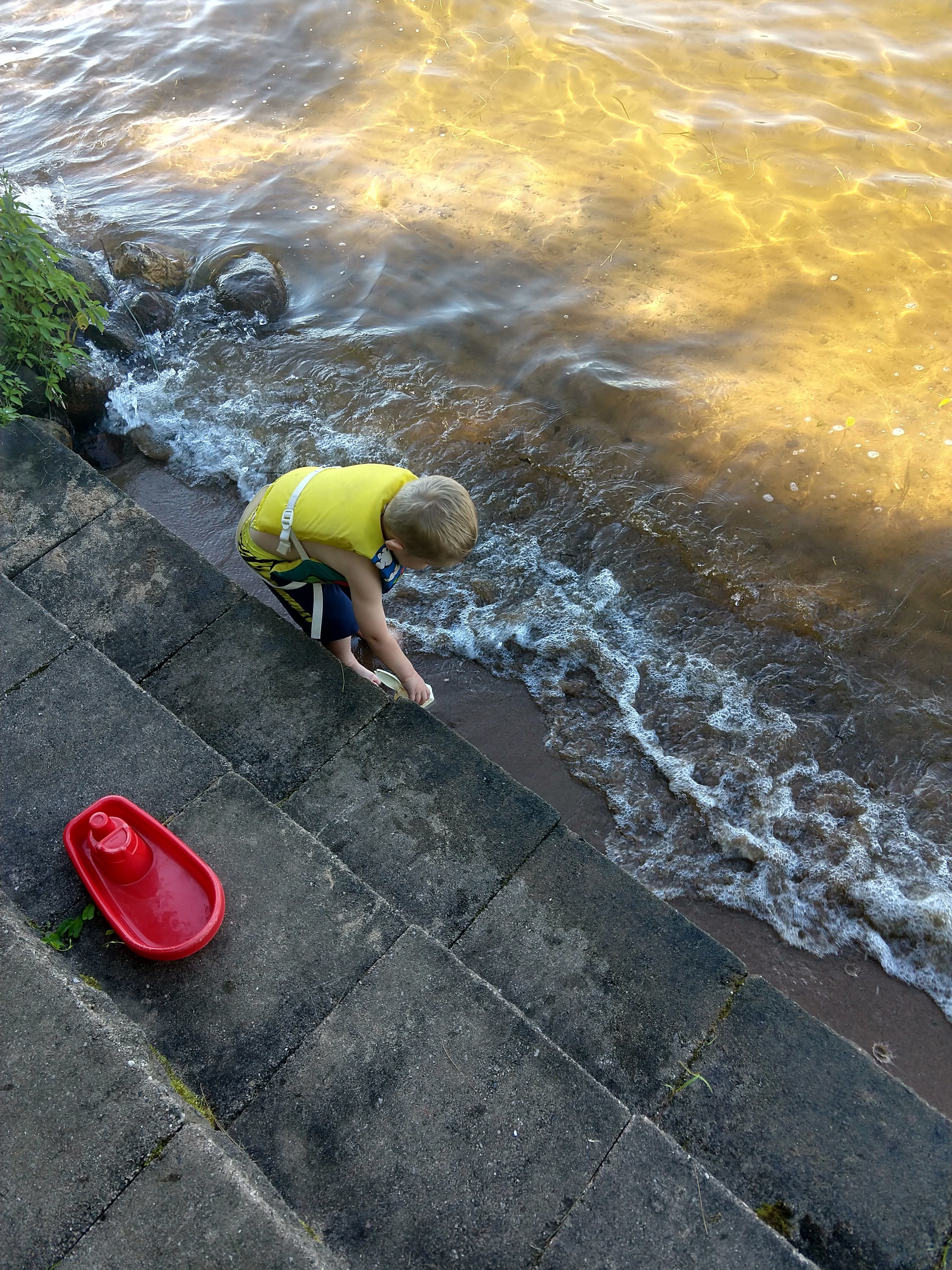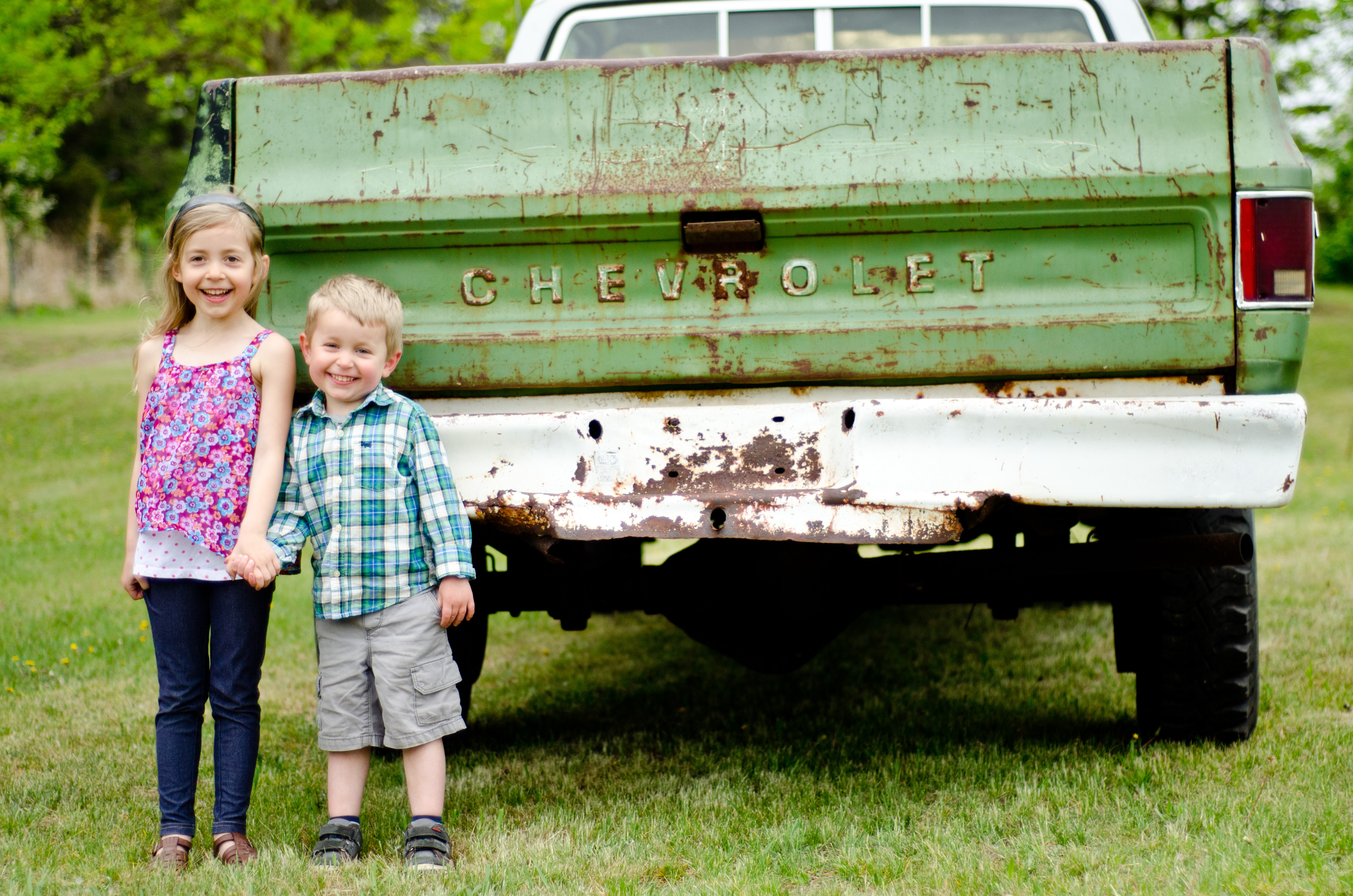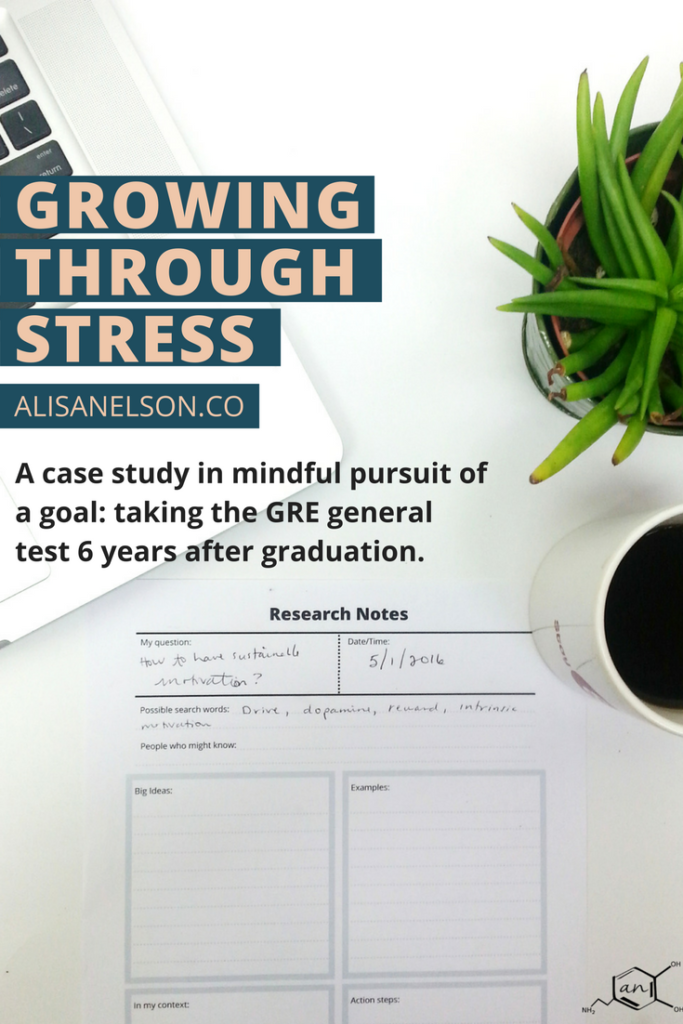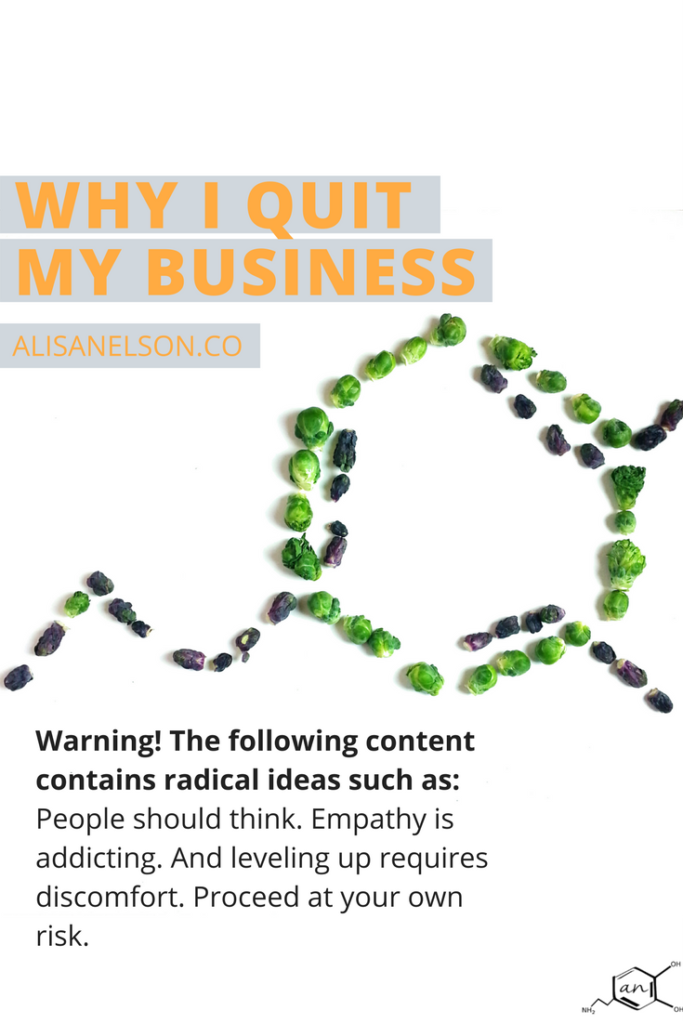It might be helpful to take a look at a post I wrote previously on a mindful approach to self-doubt. The following post is independent but I’m not going to go into detail about our current understanding of impostor syndrome or biological reason for self-doubt. Think of this as an informal follow-up case study from my first semester of graduate school.
_______________________________________________________________________________________________________
Every time we endeavor to learn something new we have the opportunity to become new people. It’s like giving little gifts to our future selves who will be able to see and interact with the world around them in a different way because of the work we do today.

“No deep learning takes place unless learners make an extended commitment of self. Learning a new domain, whether it be physics or furniture-making, requires the learner to take on a new identity: to make a commitment to see and value work and the world in the ways in which good physicists or good furniture makers do.”
James Gee, 2005 (emphasis mine)
As stated by Gee (and personally experienced + witnessed), identity and learning are strongly linked. A person cannot fully understand a domain if they choose to hold tightly to their present sense of self — because that present self doesn’t include the pending knowledge or experience. Additionally, the true integration of new mental models will forever change you. Besides, if you’re seeking to develop expertise, why would you want anything different than a shedding of previous selves in exchange for a new self?
For example, when I did a deep dive on dryers so I could diagnose and fix ours I had to release the mental image of myself as someone who has never fixed a large appliance. It took a while. I stalled, I hoped Eric would do it, I second-guessed myself. Then I watched a bunch of videos, took apart the dryer, identified all the parts, diagnosed and repaired the problem and put it all back together. And so, in a small way, I became a new person. What opened the door to learning? Recognizing I had the ability to learn something new and deciding to grow into someone who can fix a dryer. Perhaps this seems like a lame example – but I’ll point back to Gee’s quote above. Whether you want to be a physicist or furniture maker, you have to open your mind up to the reality that the world is actually different than how you see it right this minute.
As seen in my example, you can limit your future self just through thought. This is already strongly supported by research (with Carol Dweck’s classroom experiments being the most well known). Looking at the dryer – I’ve never broken an appliance. I don’t have any evidence that my involvement in a project is more likely to yield damage than success. One could argue the contrary, actually. And yet, if that’s what I tell myself that’s how I behave.
When the biologist studies technology
[I had the chance to do a real-time study of taking on a new identity and dealing with the unavoidable uncertainty period of that experience during my first semester of graduate school. The following are my takeaways]
The first week of classes is, typically, filled with ensuring I know where + when class is, getting important dates into the calendar, and testing out new rhythms. However, in that mix was my personal objective #1: Establish a way through the self-doubt I assumed I’d encounter.
I’d been surrounded by it in my previous work as a personal trainer — from clients, fellow business owners, and my own personal experience. Self-doubt came up enough that I even wrote an article on how to approach it mindfully a few years ago. Since that post, it’s been a point of interest to examine what predicts self-doubt. Is it simply a part of life? Do some experience it more than others? Does it correlate to certain fields, positions, or genders? Then self-doubt, belonging, and impostor syndrome were the theme of graduate student orientation speeches by leaders of the University — I began to think maybe this was an opportunity to test myself. Have the past several years equipped me to enter a new field and mindfully maneuver through my [presumably inevitable] self-doubt? Or would I need to relearn everything in situ?
Learning and doubting
Taking on a new identity requires dismantling the old one — an intensely disconcerting state of mind. This is why people avoid trying new things – especially to a point of proficiency. Makes sense then that it shows up a lot in graduate students. The journey to expertise requires us to first admit who we are right now is insufficient for the task ahead and, therefore, we must change. But we just finished compiling all the records to convince others that we ARE sufficient, right? So maybe throughout that application process we start to think we should be further along by now. Then classes begin and we start to wonder about where we stack up among our peers – and come to realize we’re less prepared or practiced in some areas. What’s your response to this? Do you start complaining about your classmates, escape to Netflix, or do you simply admit that you have work to do? (Not a grad student? Just substitute motherhood, marriage, job, etc).
A better way
There’s a way around the mental discomfort, of course. Fake it. Every time that feeling of “I don’t understand” creeps up, just turn on Netflix or scroll Instagram. Go rant about something you think you have all the answers to. Or talk about your work with enough confidence and ferocity that no one dare probe deeper.
That’s what I chose in undergrad…but I’m choosing something different now. My future self doesn’t just want to know more about chronic disease and how technology can help us better predict + prevent it. I want to personally help predict and prevent chronic disease. Which means I need to understand technology and how it’s developed. Turns out that means math, stats, and computer science. A BS in biochemistry is helpful to some degree, and also not at all.
By the time I applied for graduate school I’d already gone through several cycles of identity shifting as I zeroed in on what I wanted to study and why. Once it was finally time to start I thought my first computer science class would send me into a valley of doubt but instead I found that now it was just time to go to work. So I did. I leaned hard on my mindset training and my support network and let the semester be my training grounds. I reminded myself that I wasn’t there to impress anyone – I was there because there’s a set a concepts and skills my future self needs.
Adjusting your attention
It’s important to note that implicit in much of our talk on expertise and education lies, I think, one of the roots of impostor syndrome and self-doubt. This is the idea that at some point we should reach an “arrived” state where we are the expert with all the answers and everybody listens. With this belief comes the habit of “there’s so much I don’t know” leading to “someone will find out and I’ll be exposed as a fraud” when it should be “what do I need to do to fill this gap?”.
Of course there is more to learn. Of course learning one thing uncovers a whole new set of domains you must also try to understand. We are a speck in the story of the universe — it’s ridiculous to think you will ever learn all there is to know. That’s what makes it so cool.
Those who have dedicated themselves to expanding into new domains whenever needed can do it, in part, because they have come to expect the mental game that comes with learning and applying new concepts. They understand it is a part of the process of gaining new tools for attacking their problems. So long as you’re testing your models and working to improve them, you will continue to progress. It’s just the way it works. Pay attention to where your gaps are and choose to work until they’re filled.
What will you choose to focus on? Will you resolve to focus on the vision of who you want to become and savagely attack the gaps in your character, your knowledge base, your experiences, etc in order to shed the old you who was lacking and become a more capable you who is one step closer to realizing the goal? I’ve decided I will.
Taking uncertainty in stride
I expected that my “#1 objective” of finding a way through self-doubt would be difficult. But it actually wasn’t – I worked hard and got a lot of feedback. I went in expecting to feel lost and confused over and over again (rather than being surprised by it), I worked to stay mindful about how that impacted my mental health and attitude toward my family, and I just kept attacking. I knew that in the end if I could suffer the uncertainty and endure, things would consolidate and I’d make it. (I did, and I’m happy to be going back for more).
Learning from the trends
The observation that impostor syndrome and self-doubt are rampant in professional adults is important — it exposes a gap. If we don’t learn how to approach problems and the brain chemistry associated with uncertainty we will continue to stand still and, perhaps inadvertently, avoid growing. In comes anxiety, depression, general unhappiness, burnout, and questioning if we are where we should be. The world has infinite problems that require clever thinking. If we all quit because we start to question our standing in the social group or get bent out of shape over negative feedback, we’ll continue to give the next generation crappy outcomes. We have to learn how to keep moving forward in the midst of uncertainty.
Mental toughness is only part of the story, but it’s a huge sticking point for people. We can’t start talking about learning algorithms if you quit whenever you encounter concepts you don’t understand or you start feeling uncomfortable. The article I wrote a few years ago on self-doubt walks you through how to begin seeing self-doubt differently. You can also chat with me on social media.
I’m grateful for the opportunity to build new habits. Leading up to graduate school I’ve done a lot of reading and philosophizing on learning, managing stress, and developing expertise — now I’m glad to be testing myself, improving models, and culling my weak points (there are a lot). I chose this path for a reason – and it’s one that still tugs at me every day. I can’t say with certainty what the next 10 years will look like. But I think if I keep at it, I’ll be a better human than I am now. I’m satisfied by that notion.
If you’d have told me I’d learn to celebrate exposing my own incompetence or the chance to do something uncomfortable I would wonder if you really knew me at all. Well, actually, that’s what Eric used to tell me. I guess he’s proven he knows me better than anyone.
Onward! And welcome 2019!
